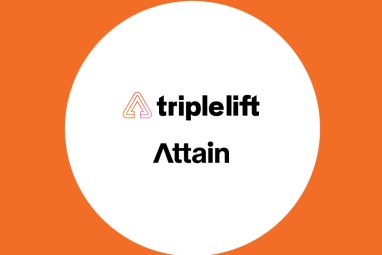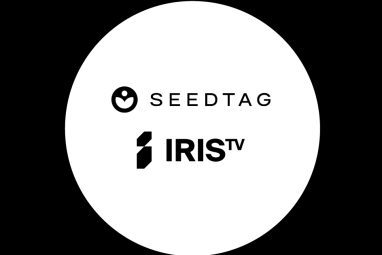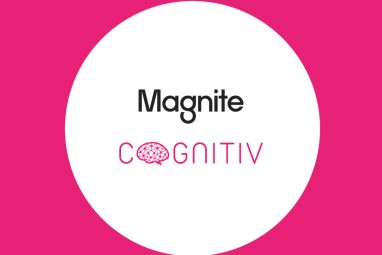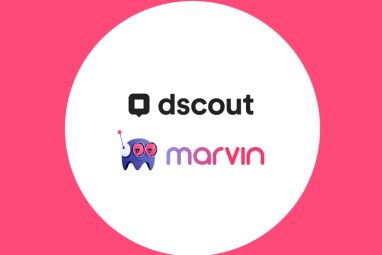85 per cent Of Consumers In MENA Embrace Digital Payments
Consumers are also making purchases in increasingly diverse ways, including through voice assistants and social media apps, revealed Mastercard’s New Payments Index 2022. Some 85 per cent of people in the Middle East and North Africa (MENA) have used at least one emerging payment method in the last year, including tappable smartphone mobile wallets, BNPL, […]
Topics
What to Read Next
- TripleLift Announces Partnership with Attain to Unify Context and Commerce
- Seedtag Partners with IRIS.TV to Expand Contextual Signals for CTV Targeting
- Magnite, Cognitiv Announce Deep Learning Integration for Real-Time Curation
- Dscout Announces Integration with HeyMarvin
- Comscore Launches Program-Level Capabilities within CCM

Consumers are also making purchases in increasingly diverse ways, including through voice assistants and social media apps, revealed Mastercard’s New Payments Index 2022.
Some 85 per cent of people in the Middle East and North Africa (MENA) have used at least one emerging payment method in the last year, including tappable smartphone mobile wallets, BNPL, biometrics, and payment-enabled wearable tech devices.
Consumers are also making purchases in increasingly diverse ways, including through voice assistants and social media apps, revealed Mastercard’s New Payments Index 2022.
In addition to being aware of solutions like digital cards, biometric payments, BNPL (Buy Now Pay Later) and open banking, consumers in the MENA region are increasingly and actively employing these solutions in their everyday lives.
While traditional payment methods still have traction, one in five (19 per cent) consumers in MENA indicated they used less cash in the past year. By contrast, 64 per cent of MENA users (compared to 61 per cent globally) increased their use of at least one digital payment method in the last year, including digital cards, SMS payments, digital money transfer apps and instant payment services. These behaviours are expected to continue, with comfort and security key to growing adoption.
The use of cash declining
The Index confirmed security is top of mind when deciding what payment methods to use, globally and in the MENA region (41 per cent). Other considerations are ease of use, rewards and promotions. Highlighting sustainability as a key driver in the region, 31 per cent of MENA consumers said they also consider social and environmental benefits.
The Mastercard New Payments Index 2022 further shows:
High awareness about Buy Now, Pay Later (BNPL)
The majority of MENA consumers have heard of BNPL, with 79 per cent saying they are familiar with the concept, and almost half (45 per cent) are already comfortable using it today. Consumers want the flexibility and convenience of BNPL, but with the sense of security associated with a trusted provider like a bank or payment network.
Those who have used BNPL find it useful for emergency and big-ticket purchases and increased purchasing power. Consumers also find BNPL useful for unique use cases, including as a budgeting and financial planning tool.
Receptiveness to A2A payments
Most consumers seek greater agility to optimise bill payments, prioritising control, flexibility, convenience, and integrated payment technologies. Most consumers are open to direct account-to-account payment (A2A) options by linking their account to a merchant site for future purchases. 81 per cent of MENA consumers using account-to-account payments have maintained or increased their usage in the last year.
Two-thirds (68 per cent) agree they are interested in a bill payment option that allows them to change the date they pay their monthly bills, mostly due to an irregular income. Bill payment options that allow them to pay over a period using a buy now pay later solution (67 per cent) were also of interest, as well as automatic payments for their household bills (68 per cent).
Consumers turning to fintech, and indirectly open banking, to accomplish everyday finance needs
Consumers are relying on digital finance options for their everyday financial tasks, with the benefits of open banking like speed, convenience, and transparency. About three quarters (73 per cent) know about open banking and are using it to pay their bills, do their banking, secure or refinance loans, and make BNPL payments.
Six in ten (59 per cent) MENA consumers feel safe using apps to send money to people or businesses from their phones. Four in ten are willing to share financial data information with apps to have access to payment tools that help them manage their money.
Biometrics Yes, but data access concerns remain
Consumers recognise the convenience that biometrics can offer, with 64 per cent agreeing it is easier to make payments using biometrics than a card or device. The potential for security optimisation is also evident to consumers, with two-thirds agreeing biometrics tech for payments is more secure than two-factor authentication.
While consumers do have some concerns about what entities have access to their biometric data, they are still open to using it given the time it saves, and nearly two-thirds (62 per cent) have used biometrics for at least one purchase in the last year. Five in six (84 per cent) consumers have used or plan to use their fingerprint to make a payment, which was followed by other biometric methods like facial recognition, palm or hand, retina scans, and voice recognition.
Emerging payments have the strongest traction among more digitally native generations
Younger generations have gone more digital in their purchasing and payments behaviour, and their engagement in and usage of emerging digital payments engagement is accelerating at a faster rate than older audiences. While security and data privacy remains a concern for them, it is less heightened than for older audiences, and they are more likely to perceive digital tools as secure.
Across the MENA region, Gen Z is less likely than Millennials or Gen X to use cash or make in-person purchases and payments. They are proactively seeking out new digital payment alternatives, for example, a click-to-pay account.
Mastercard continues to strengthen its digital payment capabilities in the MENA region as consumers shop, bank, and transact digitally more than ever before. Its trusted technology solutions are being used for new use cases and brought to market through various partnerships with fintech, governments, financial institutions, digital giants and telecom operators. By tapping into multi-rail capabilities to create competitive localised solutions, Mastercard is accelerating the transfer of value in new ways on multiple rails, thereby advancing a bright future for inclusive commerce.









































































































